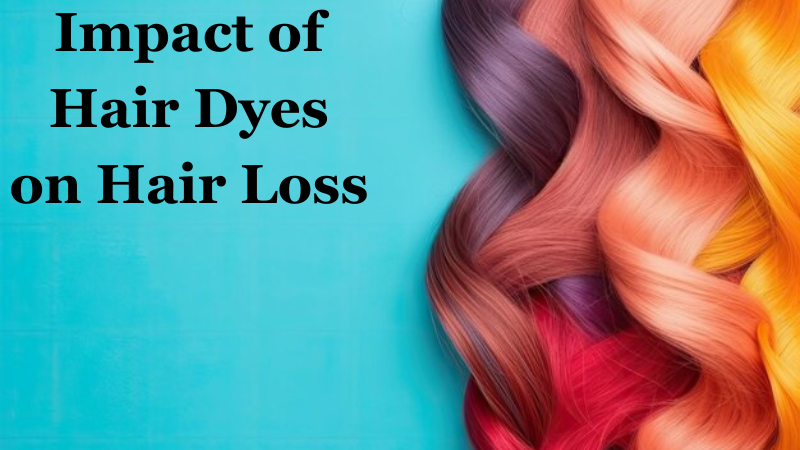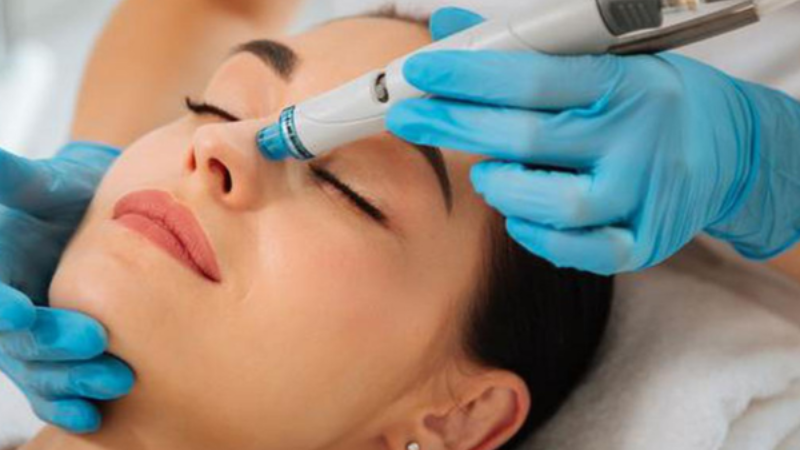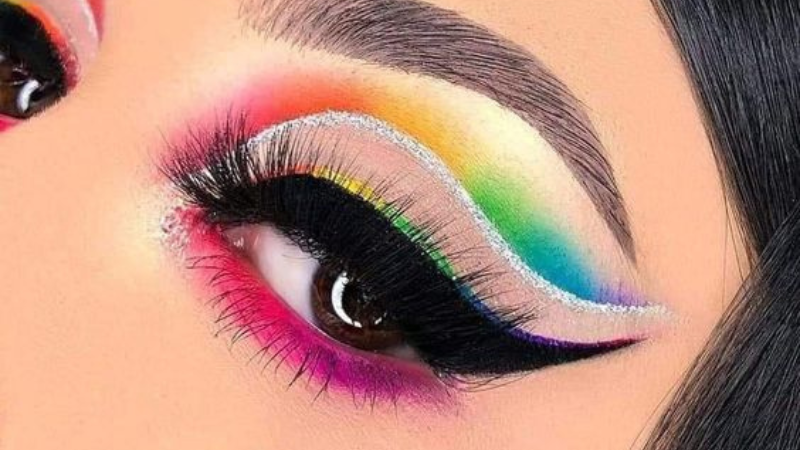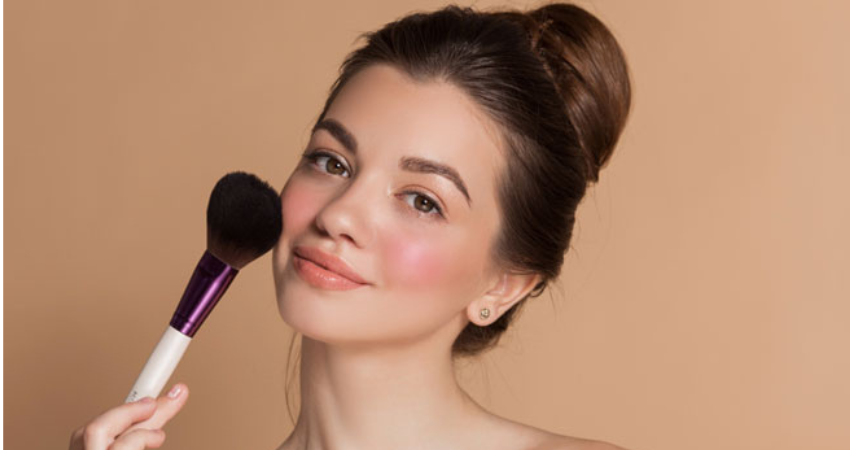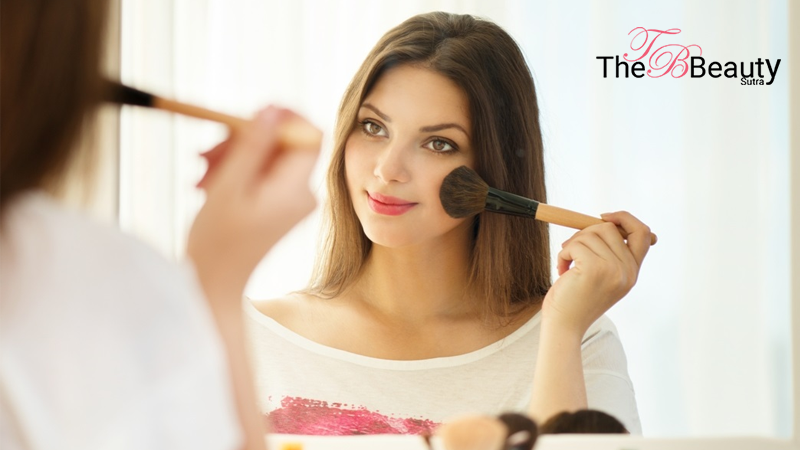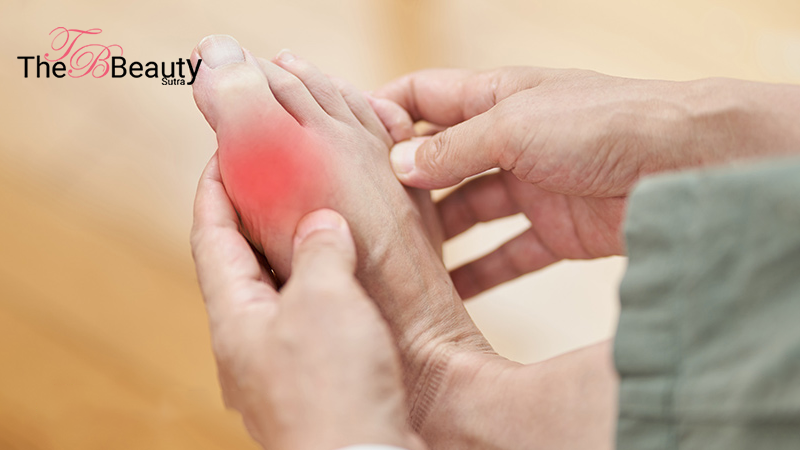In this blog, we’ll explore the impact of hair dyes on hair health and what you should know about this topic.Hair dye has been a popular method for transforming our appearance for centuries. Whether it’s covering grays, experimenting with a new look, or just adding a touch of vibrancy, many people turn to hair dyes to achieve their desired hair color. However, a common concern that arises is whether hair dyes can cause hair loss or thinning.
Table of Contents
Understanding Hair Dye Ingredients
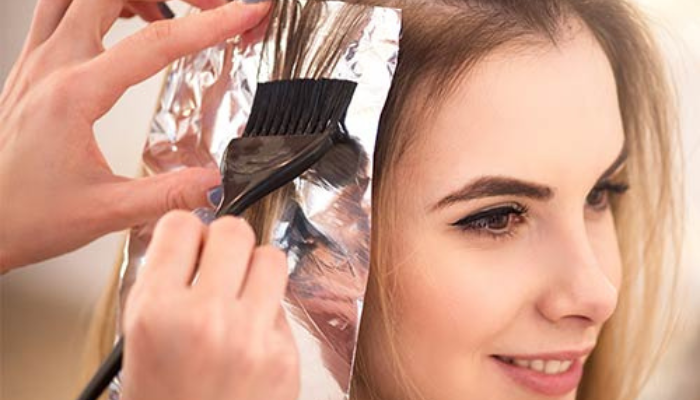
To comprehend the impact of hair dyes on your tresses, it’s crucial to start with understanding the ingredients that make up these products.Hair dyes typically contain a variety of chemicals and ingredients. The two main categories of hair dyes are permanent and semi-permanent. Permanent hair dyes use more potent chemicals to penetrate the hair shaft and provide long-lasting color, while semi-permanent dyes coat the outside of the hair.
Many hair dyes contain substances such as ammonia and hydrogen peroxide, which are used to open the hair cuticle and allow the color to penetrate. These chemicals can be harsh on the hair, potentially causing damage. Damaged hair is more likely to become brittle and prone to breakage, which can contribute to the appearance of hair thinning.
Hair Dyes and Allergic Reactions
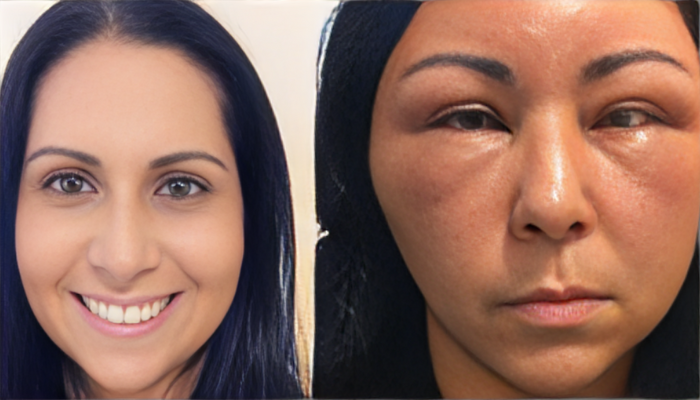
The impact of hair dyes isn’t limited to just cosmetic changes; it can also extend to potential allergic reactions. Some people may experience allergic reactions to the chemicals found in certain hair dyes. These reactions can result in irritation, itching, and redness of the scalp, which, if severe, could lead to hair loss in some cases.
Temporary Hair Shedding vs. Permanent Hair Loss
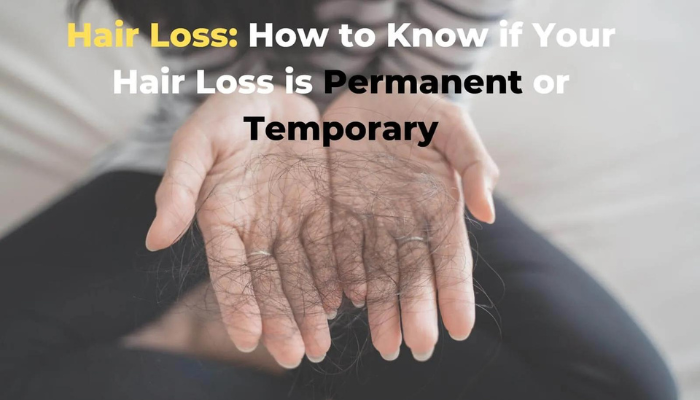
When discussing the impact of hair dyes, it’s essential to differentiate between two phenomena: temporary hair shedding and permanent hair loss.When some people use hair dye for the first time, they might notice temporary hair shedding. This is usually attributed to the physical stress of the hair dyeing process, rather than the dye itself. The hair typically regrows once the scalp adjusts.
Permanent hair loss, on the other hand, implies that the hair will not regrow. If hair loss occurs due to hair dye, it’s more likely to be linked to an allergic reaction or severe damage to the hair follicles.
Reducing the Risk
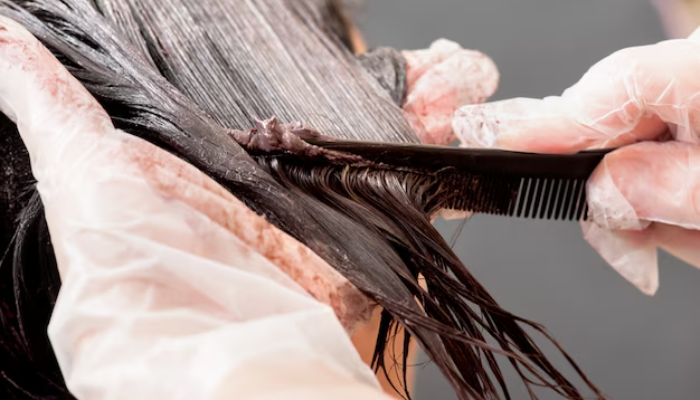
To minimize the potential impact of hair dyes on your hair and scalp, there are several proactive steps you can take to reduce the risk.
Choose Ammonia-Free Hair Dyes: Opt for hair dyes that are ammonia-free, as they are generally gentler on the hair.
Do a Patch Test: Always conduct a patch test before applying any hair dye to ensure you don’t have an allergic reaction.
Space Out Dyeing Sessions: Avoid frequent and back-to-back dyeing sessions to give your hair and scalp time to recover.
Use Color-Protecting Products: Invest in shampoos and conditioners designed for color-treated hair to help maintain your hair’s health and vibrancy.
Consult a Professional: If you’re concerned about hair loss or thinning, consult a dermatologist or hairstylist for guidance on hair care and suitable dye products.
Conclusion
Hair dyes can impact the health of your hair, but whether they cause hair loss or thinning depends on various factors, including the specific product used, individual sensitivities, and proper hair care practices. If you’re worried about the effects of hair dye on your hair, consider alternatives like ammonia-free dyes and consult with professionals to make informed choices that align with your hair care goals. Remember, healthy hair starts with proper care and maintenance, so make sure you prioritize your hair’s well-being.

